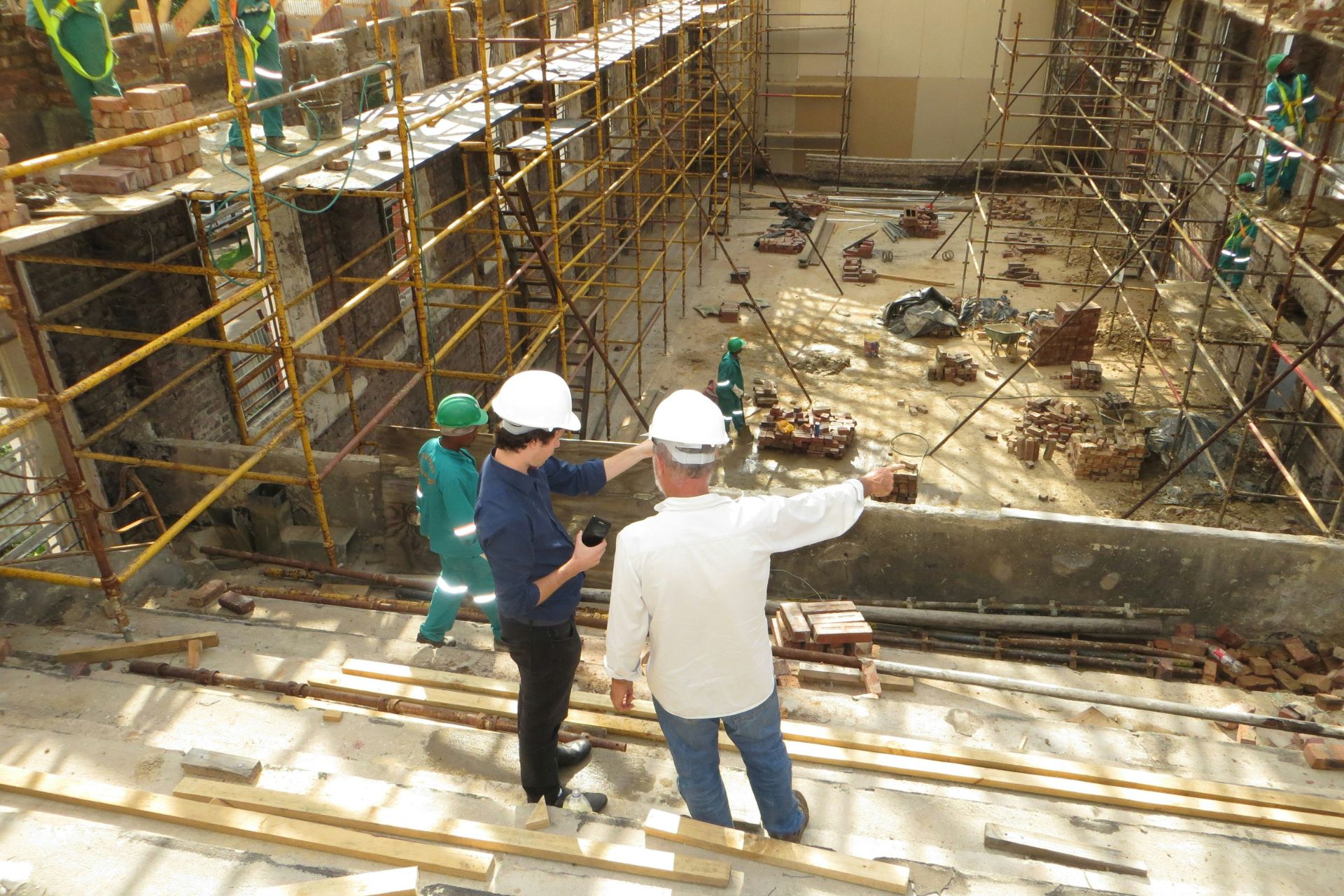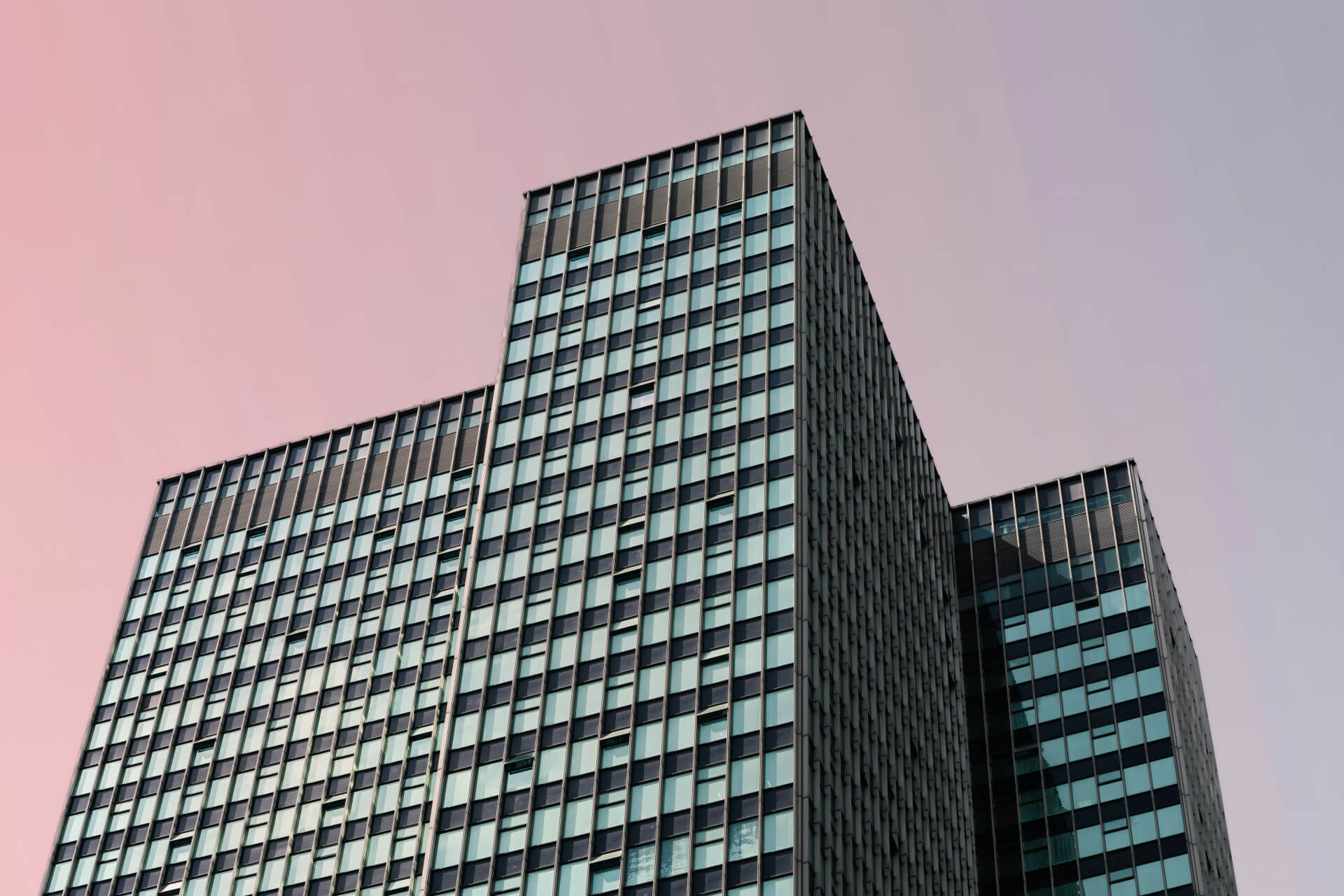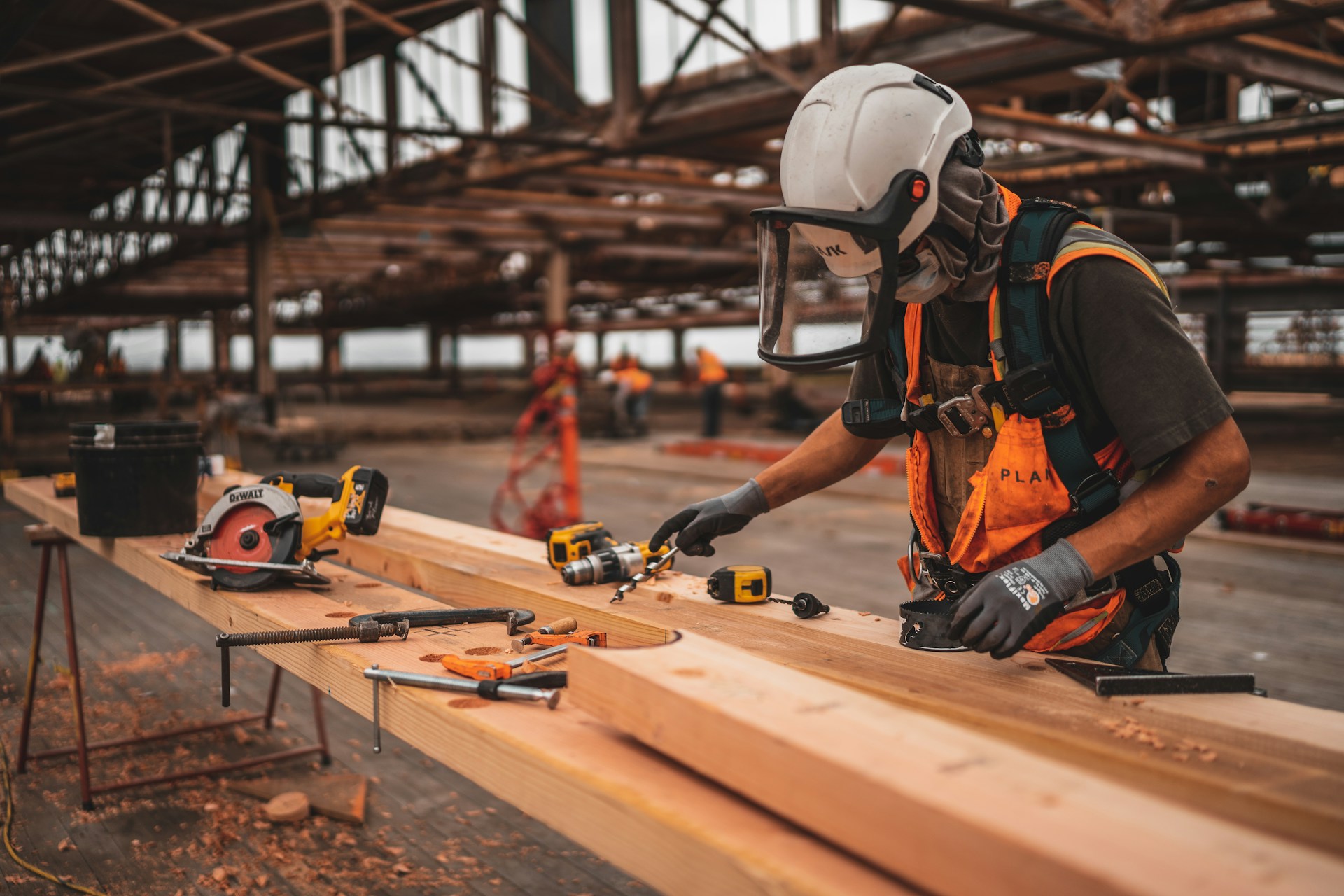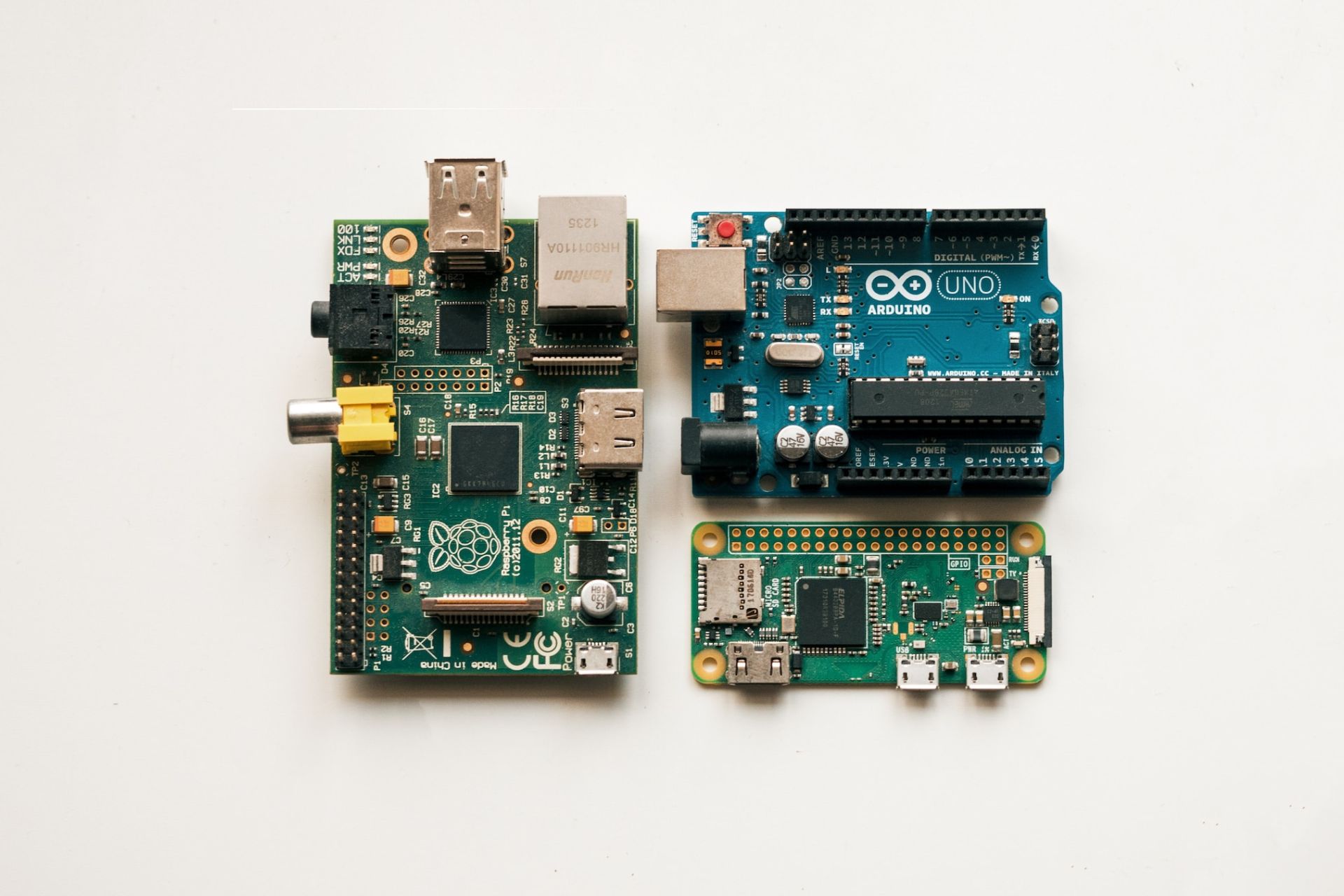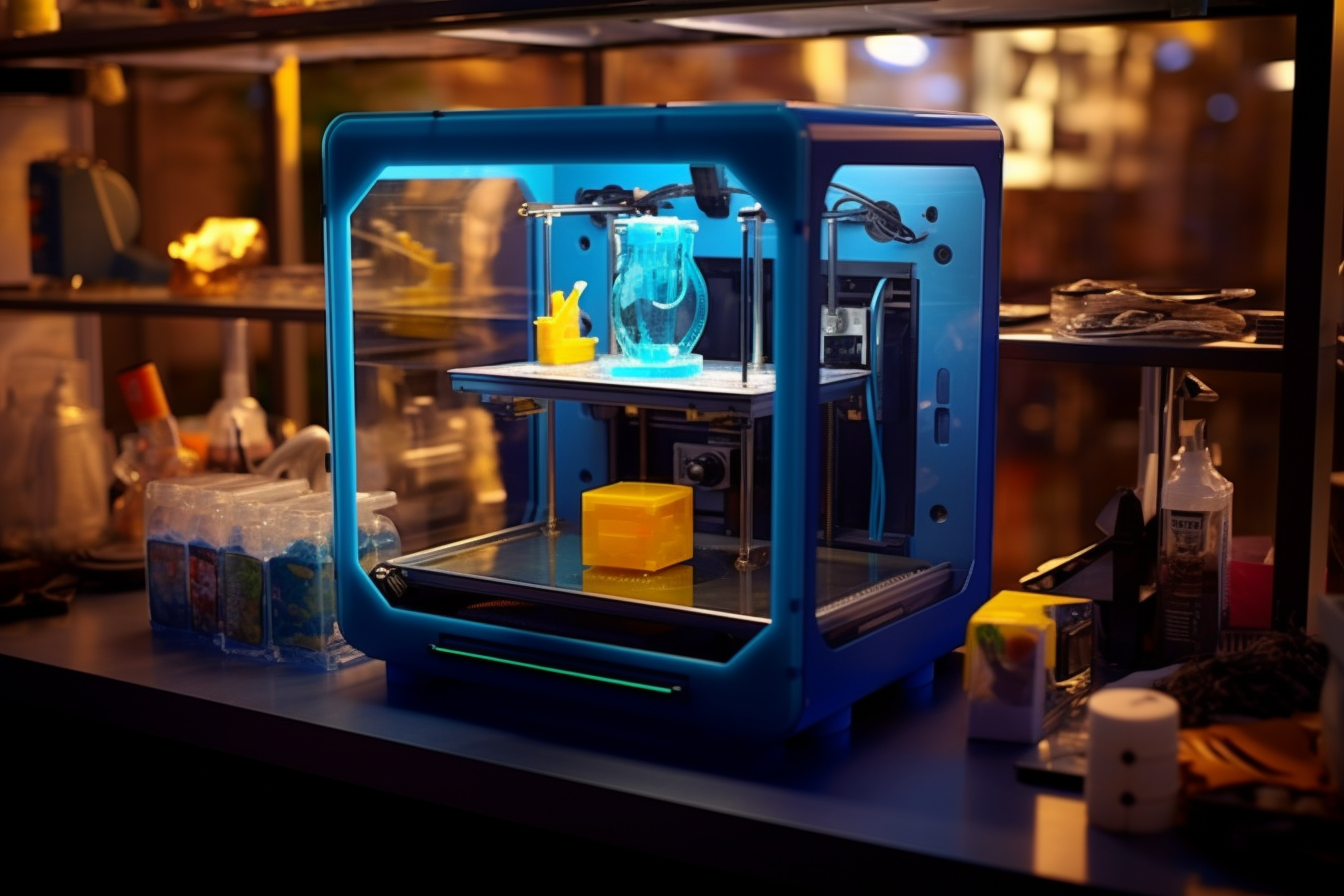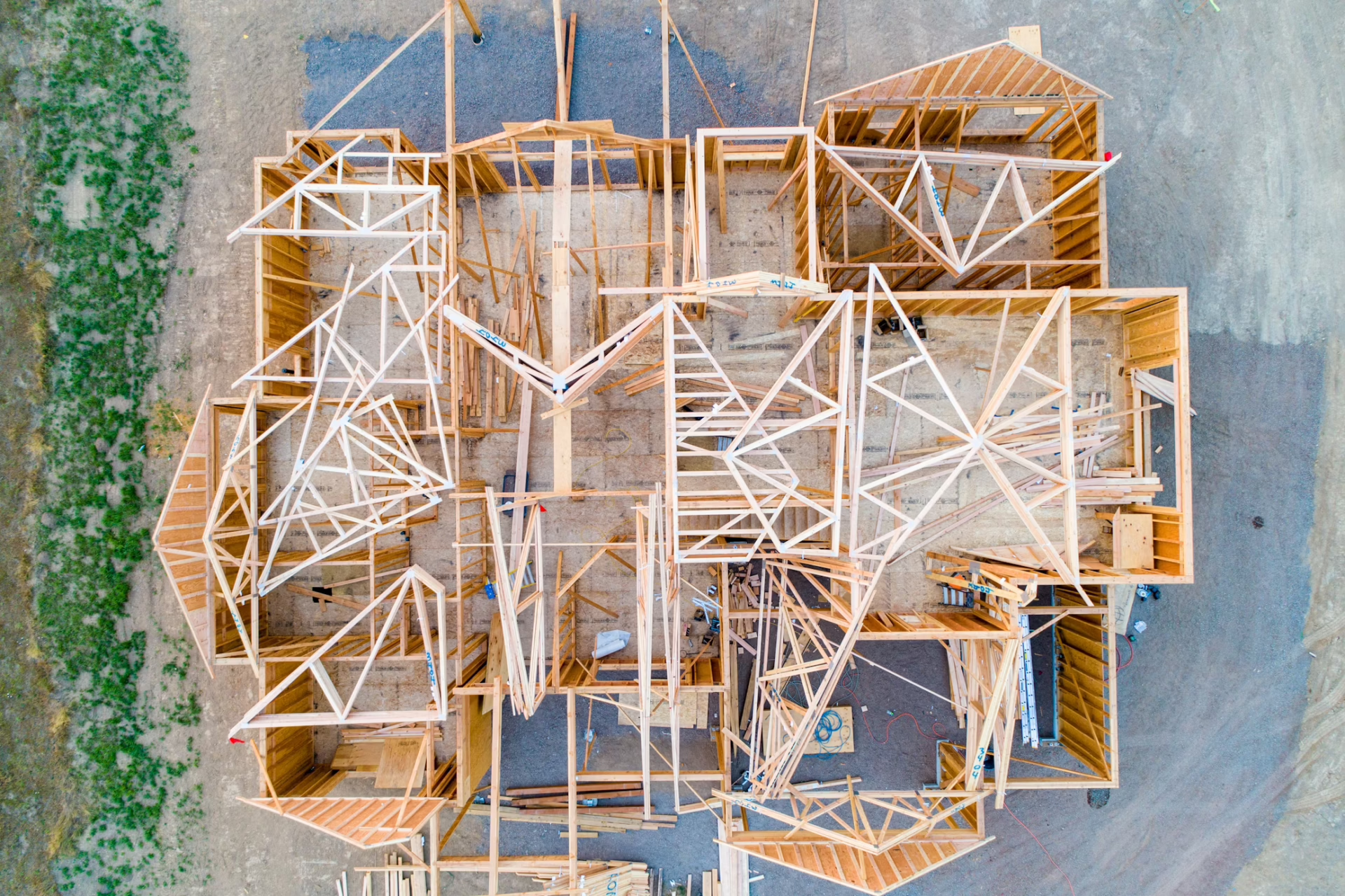
What Are the Benefits and Drawbacks of a New Construction Home?
September 11, 2025 - Lou Farrell
Revolutionized is reader-supported. When you buy through links on our site, we may earn an affiliate commission. Learn more here.
New construction homes are one option for people looking through today’s residential real estate market. All houses used to be new constructions — techniques, technologies and standards have evolved through the years. Understanding the benefits and drawbacks of this type of structure can help aspiring homeowners make better choices.
What Is a New Construction Home?
A new construction home is a brand-new one that no one has lived in before. However, this term can cover different types of structures. Buyers will likely encounter one of these new builds:
- Spec homes: Short for speculative home, a spec home’s design follows market trends and appeals to the highest number of buyers. This home offers little to no customization options.
- Production homes: Also called tract homes, this type of new construction allows buyers to choose from predesigned floor plans. They may also choose the home’s finishes and appliances, allowing for more flexibility.
- Semi-custom homes: Sellers offer predesigned floor plans, but buyers can request additional rooms or upgrades.
- Custom homes: These new construction homes follow the buyer’s design and provide the highest level of flexibility and control.
New construction homes come in different shapes and sizes — they can be condos, townhouses, duplexes, or single-family homes — but the key differentiator is their unused state.
The Advantages of Buying a New Construction Home
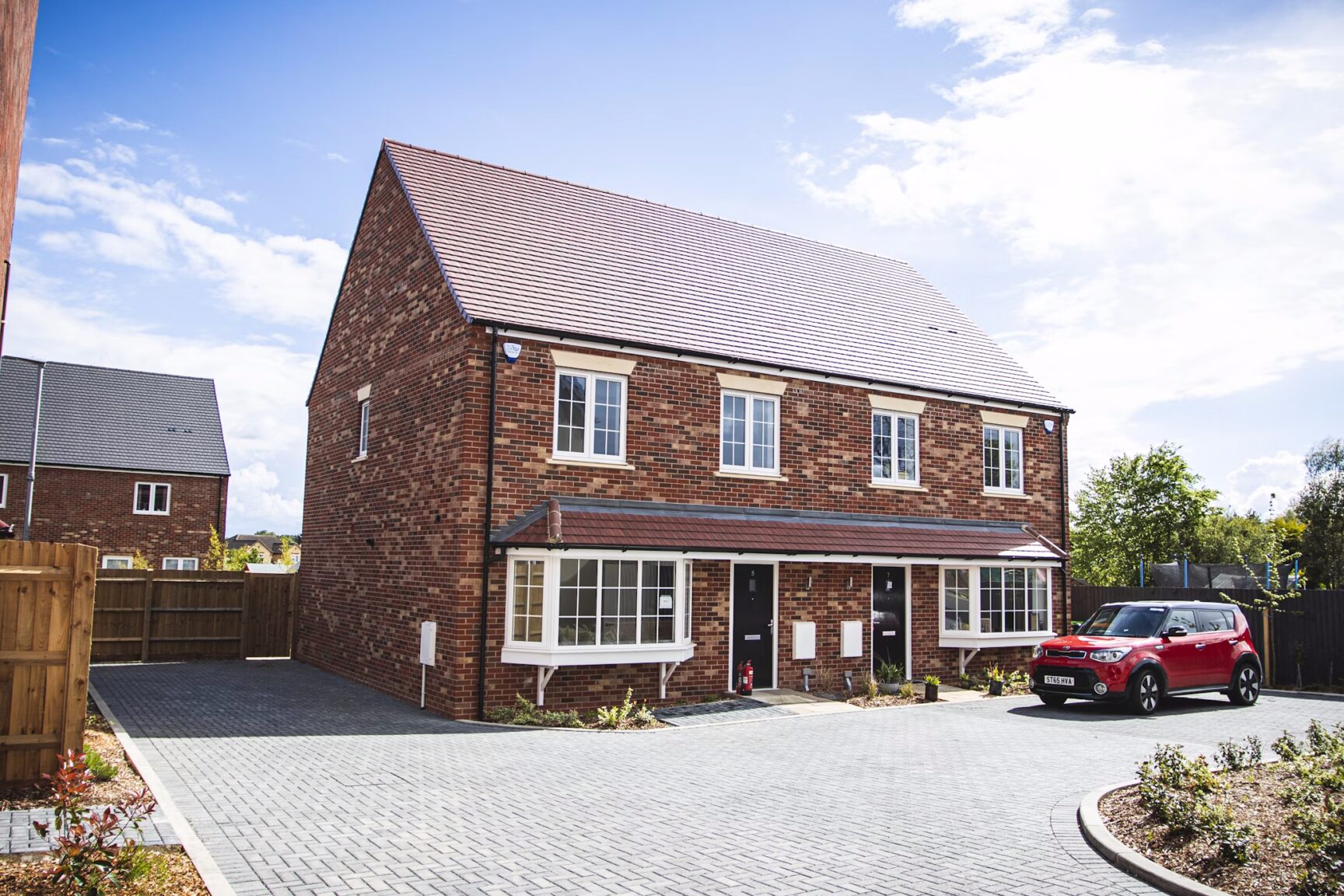
A new construction home is a significant investment, often costing hundreds of thousands of dollars depending on the type of build. However, these newly-built structures also benefit from modern technology and construction techniques that make them better-suited for today’s demands.
Energy Efficiency and Sustainability
Many new construction homes use modern designs, layouts and technology to make everyday life easier and fixtures more energy-efficient. These features are essential, especially with power bills increasing faster than the inflation rate and climate change being a significant global concern.
For example, most modern homes use LED light bulbs or appliances with inverter technology that consume less energy, leading to lower bills, efficient operations and a lighter carbon footprint.
Customization
Buying an old home has its charm, but it leaves little room for customization, except if homeowners decide to renovate. Many new construction homes allow at least some degree of control over the floor plan, finishing or appliances, depending on the contractor and construction timeline.
This advantage allows new buyers to end up with their dream home, which shows their tastes and accommodates their lifestyle.
Lower Maintenance and Repair Needs
New construction homes come with all-new structures and fixtures — walls, windows, ceilings, floors, pipes, appliances and more.
Newer homes are less likely to break down or need extensive repairs. They are easier to clean and maintain. Aside from taking less effort, homeowners can also better predict household expenses.
Community Amenities
Some new construction homes are in prime locations and are usually part of entire residential communities. Single-family homes could have parks, pools and community spaces close to schools, hospitals and public transportation hubs. The same goes for condo units, which commonly have communal spaces where homeowners can gather and spend leisure time.
Buyer Incentives
Some companies offer various incentives to encourage people to purchase homes, especially during the earlier stages of production. These perks could include early bird discounts, flexible financing options and home upgrades.
The Cons of Buying New Construction
Newly-built homes can offer convenience, sustainability and other benefits. However, they might not suit everyone. Here are some of the drawbacks that might deter some people from buying a new construction house:
Unexpected Costs
While builders should be responsible for clear communication and transparent pricing, buyers might encounter unexpected costs, such as charges for custom colors, finishes or floor plan changes. Some homes may not have appliances or furniture, which will eat into a new homeowner’s moving expenses.
Construction Delays
While some builders complete their residential projects on time, others might experience delays due to weather, supply shortages or permit issues. This can be frustrating, especially if buyers have already arranged their moving schedules. New homeowners must account for potential delays when placing down payments on a home still under construction.
Smaller Lots
Real estate has grown more expensive over the decades, leading to developers building houses on shrinking lots.
In 2023, 66% of new single-family homes were built on lots smaller than 9,000 square feet, or one-fifth of an acre. In 1999, only 46% of houses occupied lots of that size. Most new homes built in recent years will occupy smaller lots, translating to lower floor space or smaller yards.
No Established Community
If the new construction home is part of a new subdivision in the suburbs, it would likely take time for an established community to form. Depending on the location, there might not be enough infrastructure nearby, or the area could be closed off to the rest of the city or town. This could lead to more challenging commutes, especially when relying on public transportation.
Emerging Trends in Residential Construction
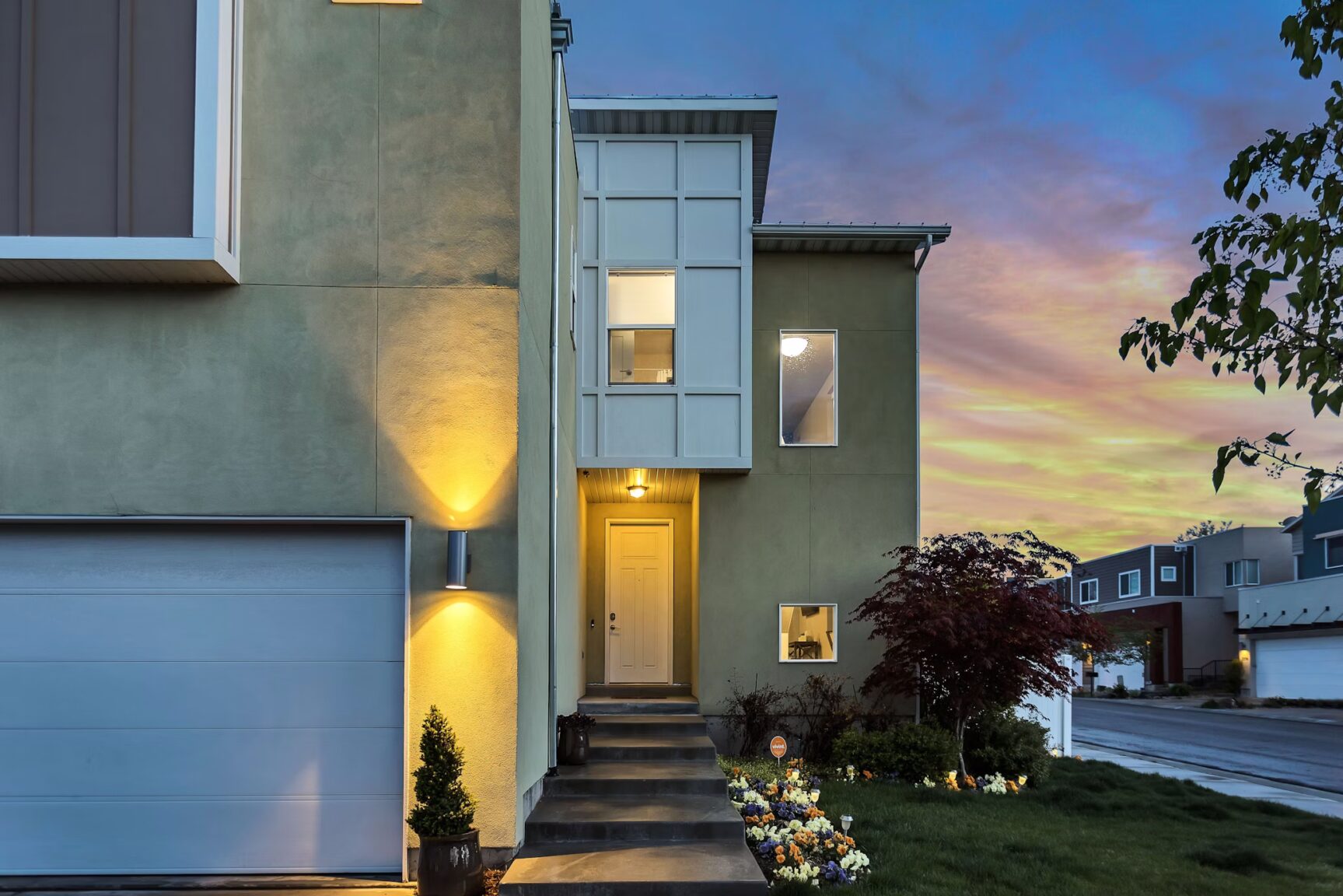
Residential construction practices are continuously evolving. Each year, builders adopt new tech, consider market conditions, and cater to changing buyer preferences.
Mixed-Use Development
Mixed-use spaces are real estate projects that combine different uses. For example, one building could house residential spaces, offices and retail stores. It creates a small community in one space, offering convenience for residents and reliable foot traffic for offices and local businesses.
Smart Building Technologies
The Internet of Things (IoT) has led to the development of smarter homes and buildings. These systems create intuitive, efficient spaces that automate various functions, such as lighting, security and air conditioning.
They are also incredibly helpful in the construction process. Teams that adopted IoT in construction sites have experienced an 8.5% increase in productivity due to better communication and efficiency.
Modular and Prefabricated Construction
Modular and prefabricated homes and buildings have grown in popularity over the past few years. In 2024, the prefabricated home industry had a market value of nearly $50 billion, and is expected to double in the next 10 years.
This technique helps streamline the construction process and make homes affordable. It involves manufacturing the house’s different components in a separate facility and assembling everything on-site, leading to faster turnaround times.
Making Informed Decisions
A new home is always a significant investment. New construction homes come with new tech and evolved construction practices, which lead to their many advantages. However, they also have drawbacks, especially regarding economic limitations and unexpected circumstances. Deciding whether to get one requires a thorough assessment of the home’s pros and cons, as well as one’s resources and priorities.
Revolutionized is reader-supported. When you buy through links on our site, we may earn an affiliate commission. Learn more here.
Author
Lou Farrell
Lou Farrell, Senior Editor, is a science and technology writer at Revolutionized, specializing in technological advancements and the impacts on the environment from new developments in the industry. He loves almost nothing more than writing, and enthusiastically tackles each new challenge in this ever-changing world. If not writing, he enjoys unwinding with some casual gaming, or a good sci-fi or fantasy novel.
